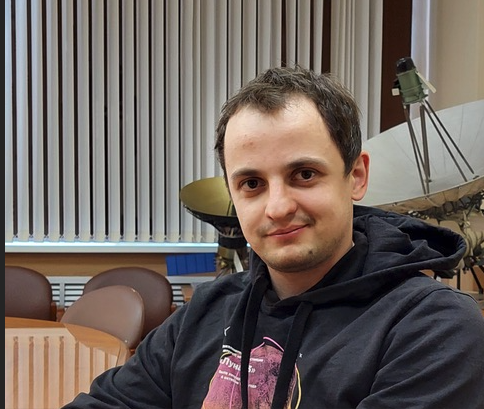
Dr Igor Novikov
About
Igor Novikov is a former PhD student at the Centre of Astrophysics and Planetary Science (CAPS) who did his undergrad at the University of Kent Canterbury (UKC). With his supervisor, Prof Michael D Smith, he conducted research involving dissociation and spectroscopic signatures of molecular hydrogen, shock-excited in Protoplanetary nebula (PPN) winds.
The computer simulation showed that the wind shell fragments into radial protrusions due to molecular cooling and chemistry. This is backed by observational evidence that shells may turn into shrapnel, after breaking up into filaments and fingers as well as cometary-shaped globules. As a result, the morphological structures of cometary knots serve as means of transportation through the interstellar medium. This provides vital clues about how carbon and other heavy materials are recycled within our Universe. Our civilisation happens to exist when the generation and recycling of material is at its peak. That is probably no coincidence.
Research interests
Igor is currently involved in collaboration between CAPS and Astro Space Center (ASC) [1] aimed at solving an interesting feature present in particular types of Galaxies which contain giant 'stellar nurseries', the Ultra-Luminous Infra-Red Galaxies (ULIRG’s). The presence of fast moving molecular gas within the outflows from the Active Galactic Nuceli by observations [2] is contradictory to the theory due to high wind velocities exceeding 1,000 km/s and resultant plasma temperatures ~107-108 K.
Therefore, the current work is aimed at solving this paradigm as well as determining the observational constraints for the Millimetron Space Observatory (MSO), also known as a large Russian-European submillimeter space observatory [3] bound for the L2 Lagrangian point in the Sun-Earth system. The provisional launch date is 2029, the telescope is set to solve the most important breakthrough problems in the field of astrophysics and cosmology, namely detailed study of black hole shadows, search for wormholes, search for water trail, investigation of processes in the vicinity of the beginning of the Universe by measuring the distortion of the relict CMB radiation [4].